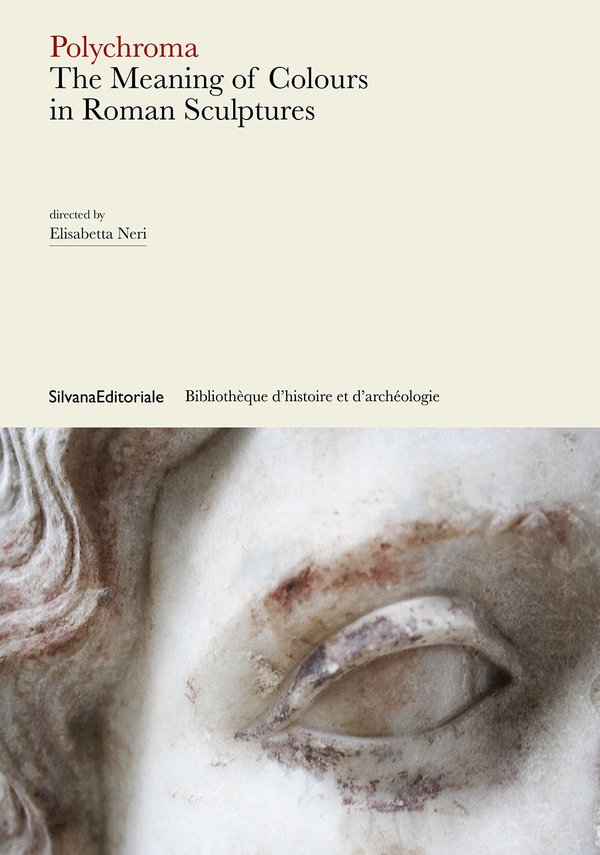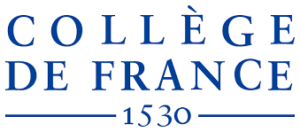Polychroma – The Meaning of Colours in Roman Sculptures
 Long ignored, sometimes knowingly, since the idea of its presence went against the ideals of a white and pure ancient sculpture propagated post Winckelmann, the polychromy of classical and late sculpture and architecture has been the subject of important research programmes for thirty years. Within this field of study, the book focuses on the peculiarity of Roman imperial polychromy and its late developments
Long ignored, sometimes knowingly, since the idea of its presence went against the ideals of a white and pure ancient sculpture propagated post Winckelmann, the polychromy of classical and late sculpture and architecture has been the subject of important research programmes for thirty years. Within this field of study, the book focuses on the peculiarity of Roman imperial polychromy and its late developments
(first century BC – sixth century AD) to investigate the technical features and the socio-cultural meaning of colours.
After an assessment of the studies on polychromy already carried out, this book presents the first results of the EU-MSCA-IF PolyCHRoMA project, which documented traces of colours not immediately visible (lost colours) through the physico-chemical analysis of a new corpus of sculptural and architectural elements from some major European and North African museums (Musées royaux d’Art et d’Histoire de Bruxelles, Musée royal de Mariemont, Musée départemental Arles antique, Musée Saint-Raymond de Toulouse, Museo Archeologico di Milano, Museo Nazionale e Museo Arcivescovile in Ravenna, Bardo National Museum and others Tunisian collections). The systematic chronological and contextual study of these traces, before time ensures the loss of colours, confirms that polychromy offers a new source for assessing the cultural meaning of colour at the turn of the first millennium.
Elisabetta Neri, Marie Curie Fellow at the Université de Liège and HDR at the Sorbonne Université, is tenure-track researcher at the Università di Firenze and Associate Member of CNRS (UMR Orient & Méditerranée) in Paris. She is an archaeologist and heritage scientist with 20 years of professional experience at leading research and teaching institutions (e.g. Paris-Sorbonne) in three countries (Italy, France, Belgium). The main goal of her work is to connect material culture, considered in its technical and physico-chemical components, and archaeological remains to the cultural phenomena (history and religions) revealed by written and iconographical sources in order to reconstruct the cultural transitions from the Roman Empire to the Middle Ages.
Editeur : SivanaEditoriale
Bibliothèque d’histoire et d’archéologie
28€
Consulter la préface et le sommaire




